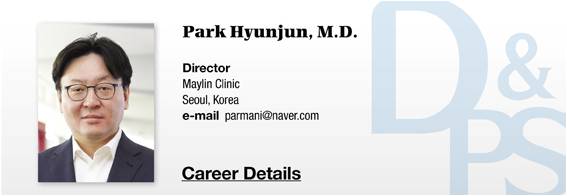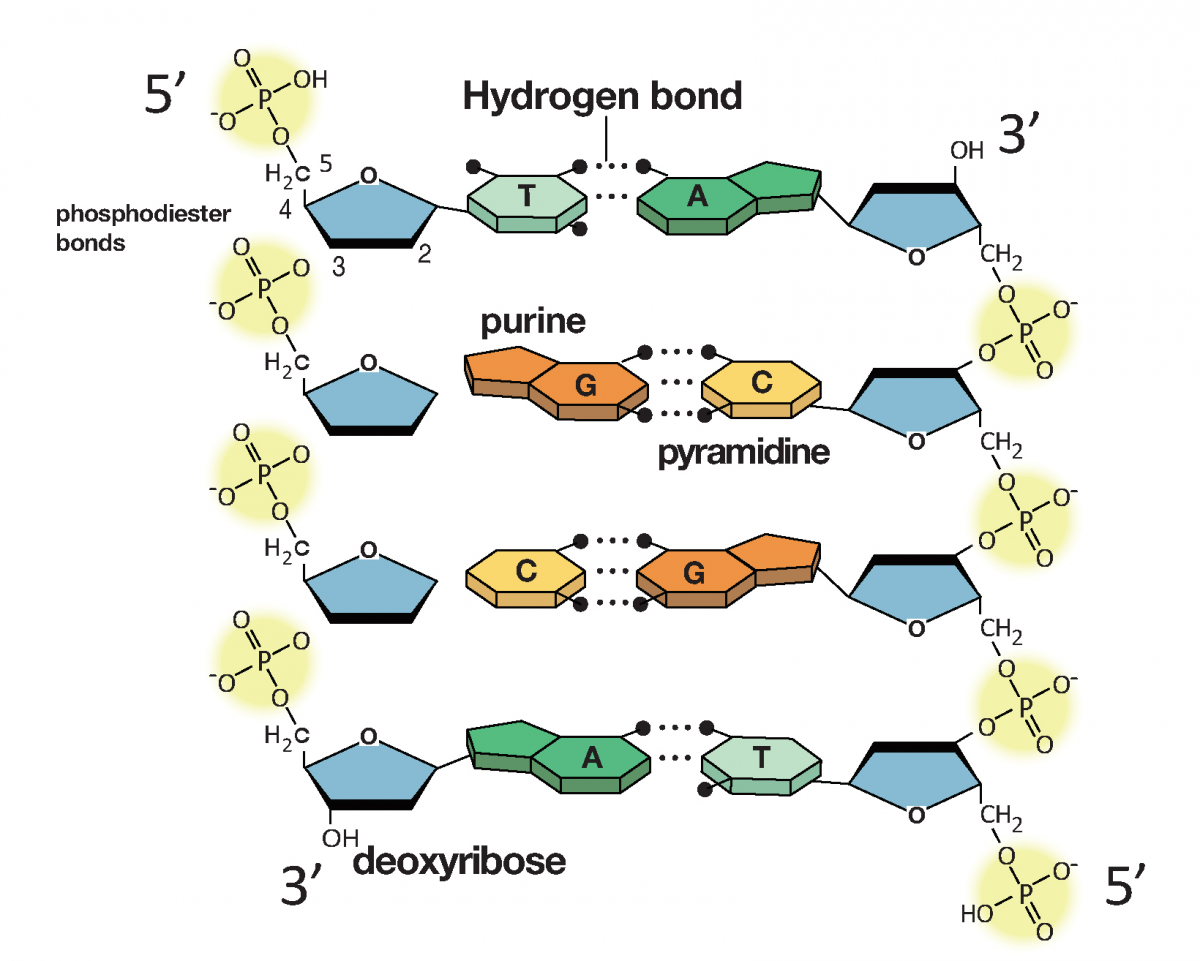
▶ Previous Artlcle: #3-1. DNA Fragments (PDRN, PN)
Later, regeneration of the dermis by dermal modulation has been focused as a treatment when various types of fractional photothermolysis were overused to deal with pores and scars and more patients began to complain of a “sensitive skin type” caused by environmental changes such as fine dust.
Research has been actively done on therapeutic devices such as LDM (Hypersound), U-Cell (pulsed electrostatic field), LED, and ‘cold rejuvenation’ as an injection therapy using REJURAN® (Polynucleotide).
It is REJURAN® that opened the market of cold rejuvenation when dermal modulation by injection as a cosmetic therapy against aging, a method that had been depressed after the mesotherapy, began to be spotlighted.
Since then, a variety of skin boosters have been imported and developed in Korea; currently about 30 types of skin boosters are being used.
HELIOSⅡ/LOTUSⅡ/HYPERION – Manufacturer: LASEROPTEK(https://www.laseroptek.com/)
Structures and Functions of PDRN and PN
PDRN was revealed of its mechanism of action by 20-year research (1990 to 2019) and consequential 67 papers.
Based on the mechanism, PN is three-dimensional gel made from longer and higher-molecular-weight DNA fragments.
As the name suggests, PDRN is a polymer of deoxyribonucleotides with an average size of 350 kDa.
As deoxyribonucleotides signify the basic unit of DNA, PDRN can be called ‘DNA fragments.’

Figure 2. Molecular structure of PDRN.
-To be continued




















